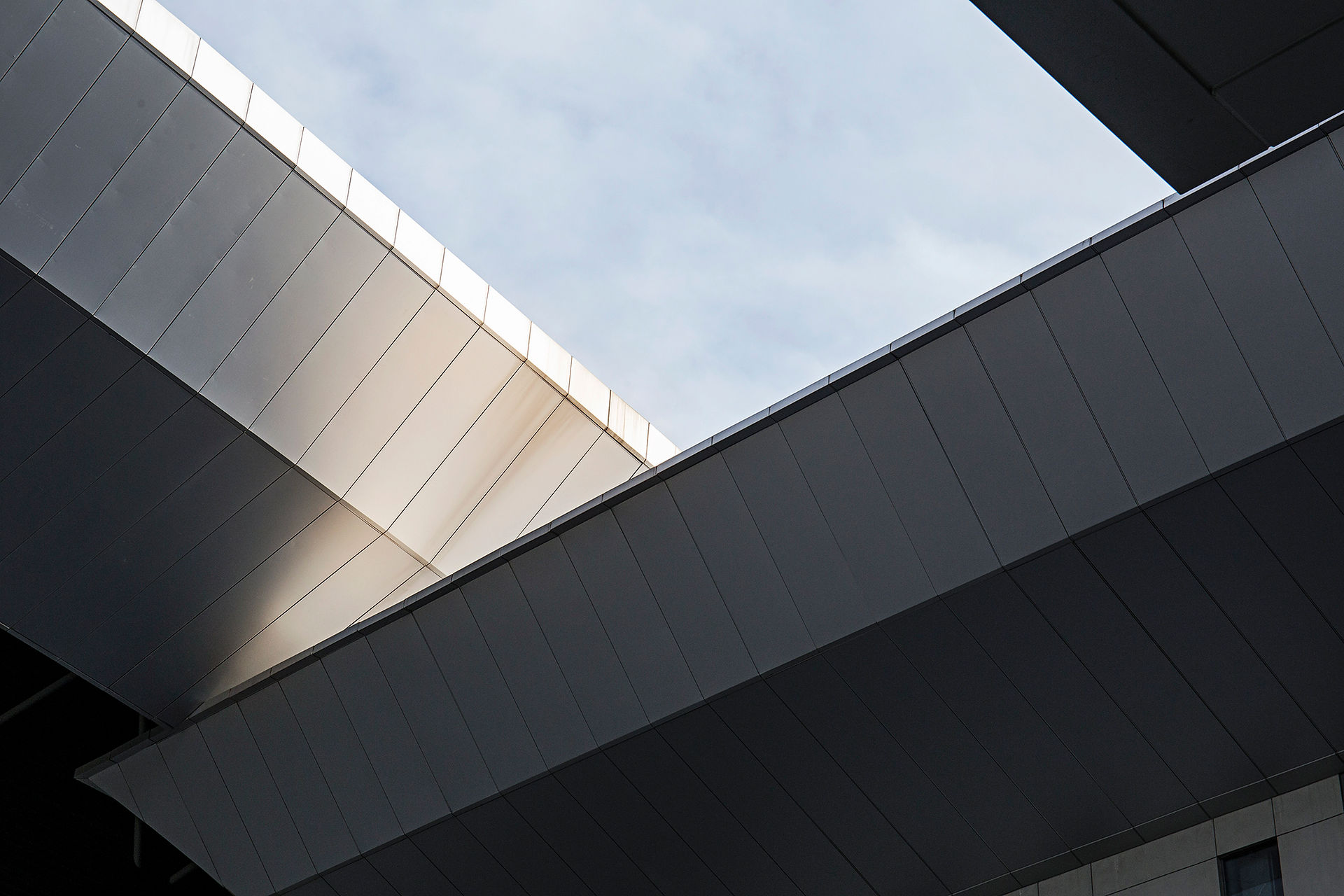
Our 11 Step Process

Step 2
Designing your home
This is another phase where involvement of an experienced builder in addition to a civil engineer and an architect, might help you with:
1. designing to stay within your budget
2. designing a smart and energy efficient home
3. designing your home to be approved quickly by your building department.
Consulting with a builder during this phase could potentially save you time and money.

Step 4
Site clearing & excavation
In this phase all necessary trees are either removed or trimmed. Site gets cleared by removing also any of the pre-existing structures. Following an approved site plan the footing/foundation location gets staked out by the civil engineer.
Excavation will take place and some soil movement might occur at this point, based on the lot size and site storage capacity.
During excavation the possibility of hitting rock it's always a concern; removing of such rock it's always costly and lengthy and it's achieved by blasting and or chipping.

Step 6
Framing & exterior
Approximately 4-8 weeks. Framing is the phase where things really start to take shape. Many homeowners think their home is near completion at the end of this stage. Actually, we are still only about one-third of the way through the construction process! So while the phases beyond this one may seem much slower in progress, it’s because we are getting into the fine details which may not be apparent but are vital to your finished home. In the framing phase, the subfloor, walls, and roof structure are built, and your roof is shingled, Exterior trim work is installed. Window and door units are installed, and any backfilling around the foundation is done.

Step 8
Insulation & drywall
Approximately 4-6 weeks. Once you have passed all of the necessary Rough Mechanical inspections you are ready for this next phase to “close up the walls.” Before closing up the walls, the insulation is installed in the walls for energy efficiency and sound control. Once insulated, the drywall is installed. In this phase, water, gas and electric utilities can also be connected to your home.

Step 10
Finishing mechanicals
Approximately 4-8 weeks. “Finish mechanicals” are the visible portions of the rough mechanics. Plumbing hardware, such as faucets, shower heads, commodes, and so on, are installed. Switch plates, plug covers, and light fixtures are put into place, as are your thermostat, outdoor air/heat pump unit, and register and return air covers. Carpeting is installed, and your yard is finish-graded, seeded or sodded. This is generally an anxious time for many homeowners. Your home construction process is nearing completion and you are awaiting a finish date.

Step 1
Selecting Property
Selecting a piece of property is an important phase to have an experienced builder involved with. We would be able to walk the property and advise you on the type of home and hardscaping you would be able to build. We would also be able to anticipate any extra costs that you might incur due to the current layout of the property such as the potential need for retaining walls, excessive soil movement, all of which can cost extra money.

Step 3
Pre-construction
Your "blue-prints" are now ready and it's time to go meet your town's building officials in order to secure the necessary permits and get started! Depending on your location, this process could take as little as 1 month or in rare cases, as long as 12+ months. It is important to engage with a builder that has experience with the process to help speed things along. Engaging a builder in the First Phase will speed thing up even more.

Step 5
Footings & Foundation
Approximately 4-8 weeks. Depending on the region your home is built in, your new home’s foundation consists of a slab, block or poured wall foundation. New Jersey homes are typically poured wall foundations. This is when the concrete is poured into foundation form panels. Once the concrete is set, foundation waterproofing is applied, and footing drain piping is installed. Underground plumbing is installed and tied into the sanitary systems. Next, your basement slab is poured, and the concrete floors are finished.

Step 7
rough mechanics
Approximately 6-8 weeks. “Rough mechanicals” is the term used for the mechanical portions of building including heating, air conditioning, plumbing and electric. This construction phase is a swarm of activity, as plumbing and indoor sewer pipes, your furnace and ducts, and electric wiring, outlets, and switches are installed. This is a very important phase with a number of town's building department inspections along the way to make sure things are being done correctly.

Step 9
finishing
Approximately 8-16 weeks. The finishing phase is probably one of the most exciting phases. You’ll see many of the selections you made come to life. This is when kitchen and bath cabinetry, countertops, mirrors, medicine cabinets, interior doors and trim, stair rails, and many other detail features are installed. Kitchen appliances and hard flooring – vinyl, ceramic, and hardwood – are installed, and both the interior and exterior of your home are painted.

Step 11
Final Stage
Approximately 1-2 weeks. During this construction phase, finishing touches are added, such as cleaning the windows, floors, baths, kitchen, and so on. Building and Quality Assurance Inspections are scheduled and completed to ensure all of the finishing touches on your new home have been completed according to your custom architectural plan. At this phase you are now ready to move into your NEW home!